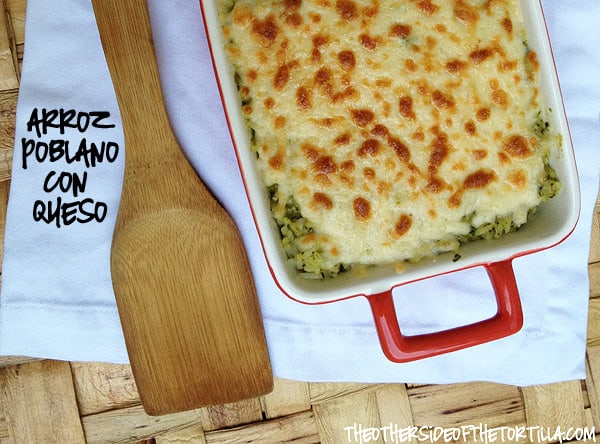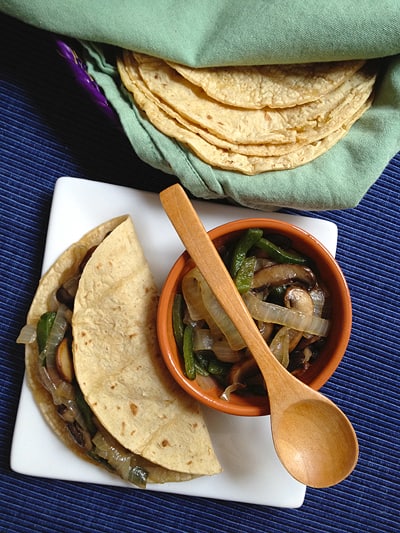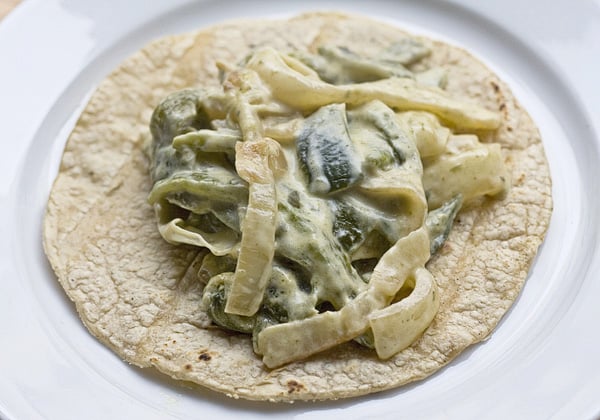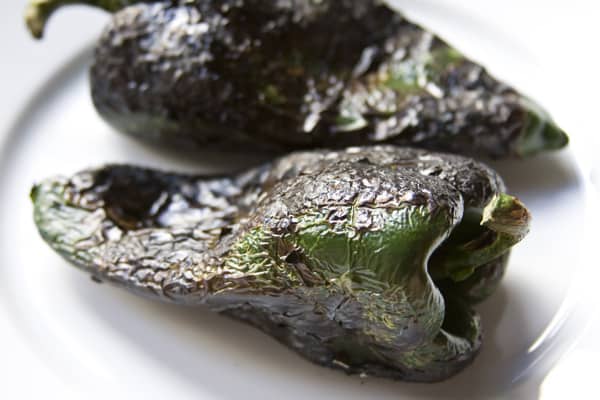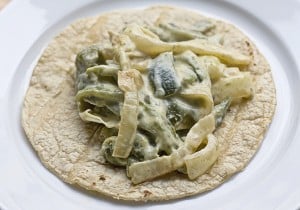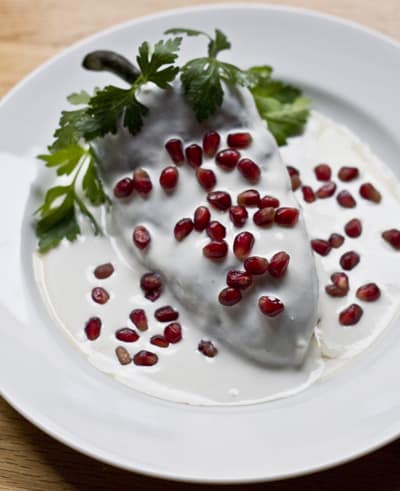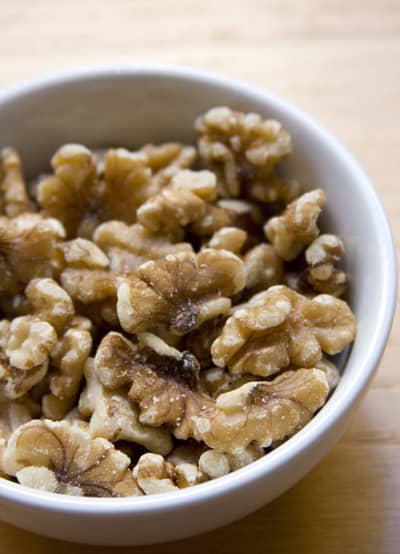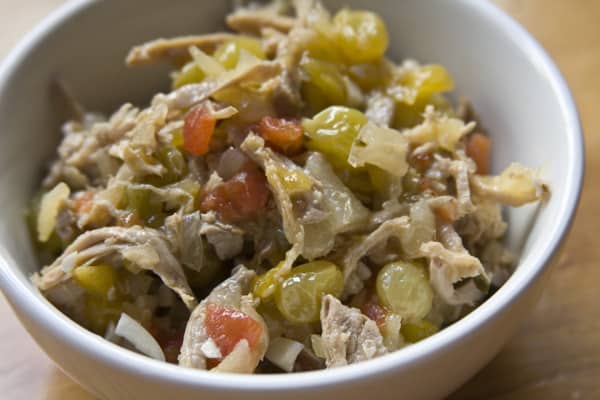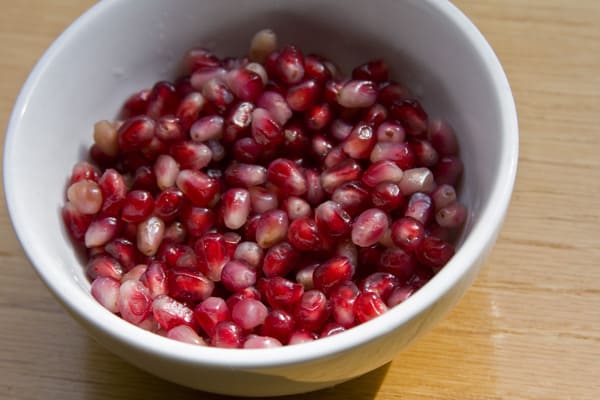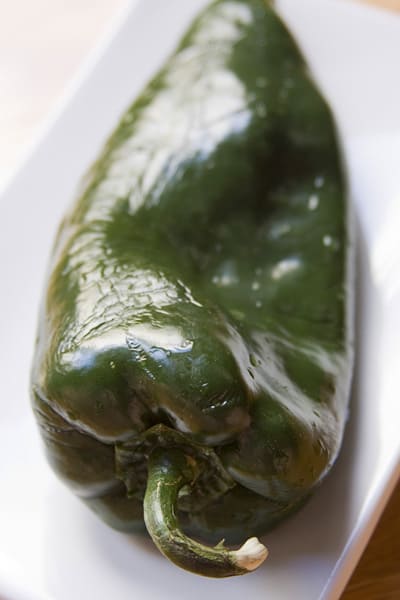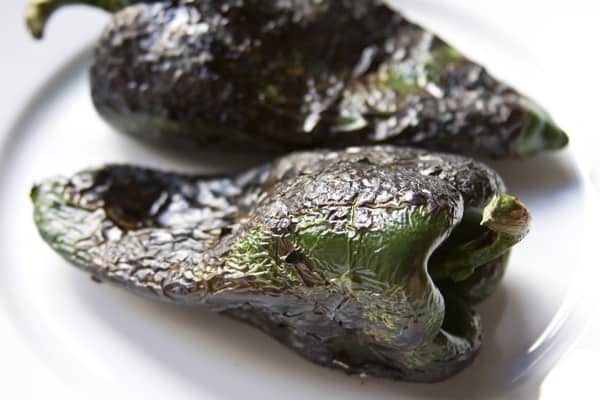This post is part of a compensated campaign with Farmland® and Latina Bloggers Connect. All opinions and the recipe here are my own.
Queso fundido potato skins are a sinful snack perfect for any party or game day. Or even a random Saturday when you just want a savory, meaty, cheesy snack.
I usually serve queso fundido with tortillas (mostly corn tortillas, but sometimes flour) or hearty tortilla chips. But I’ve had a penchant lately to meld together my Mexican favorites with my American favorites, which is what prompted me to create these queso fundido potato skins.
RELATED RECIPE: Queso fundido with chorizo
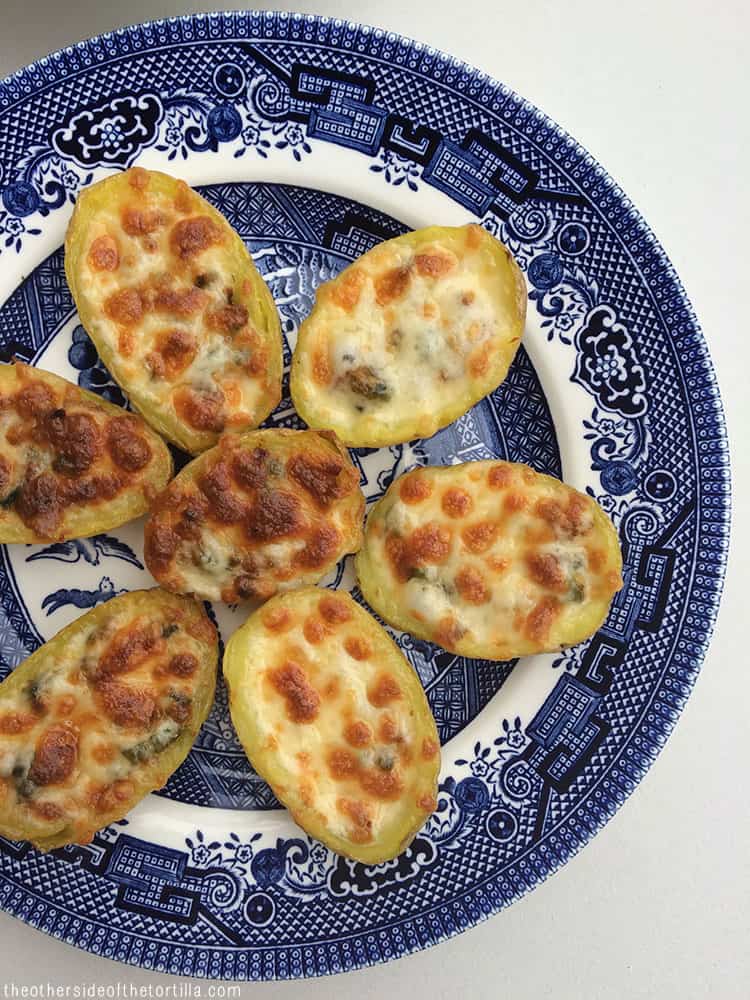
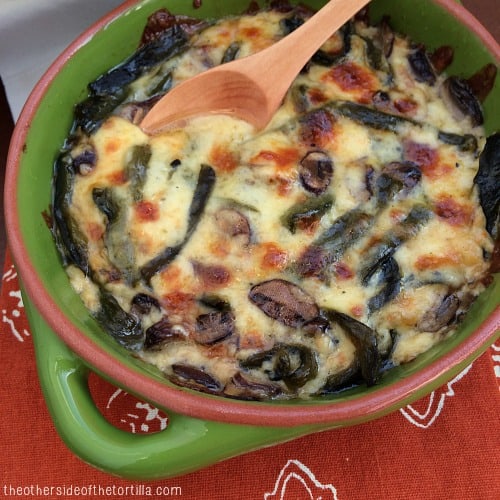

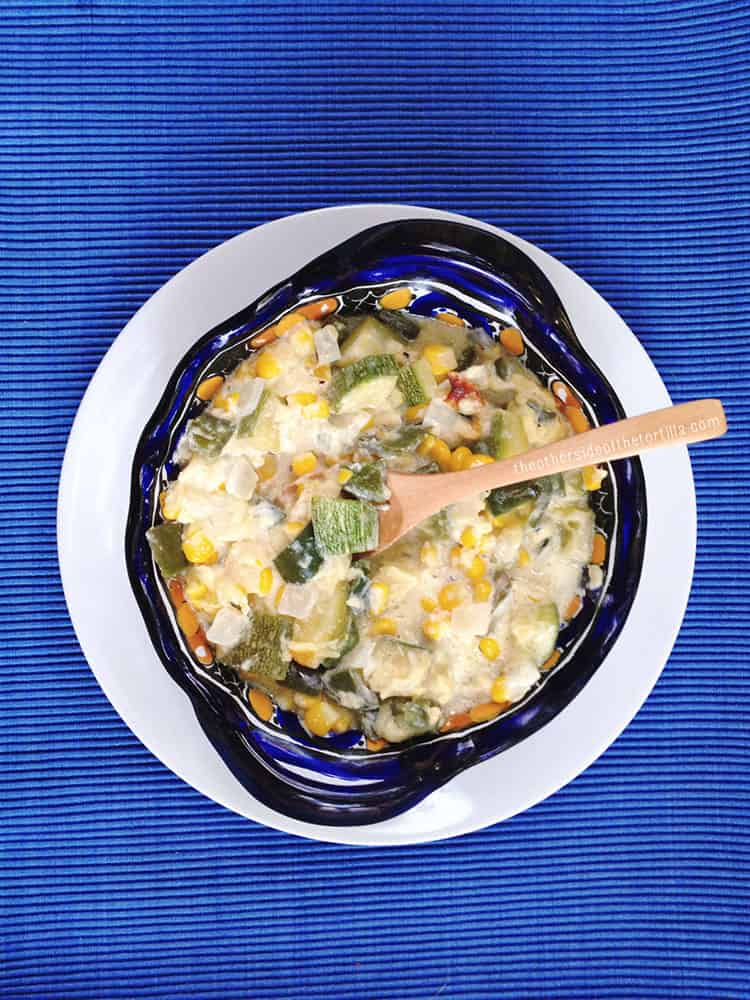
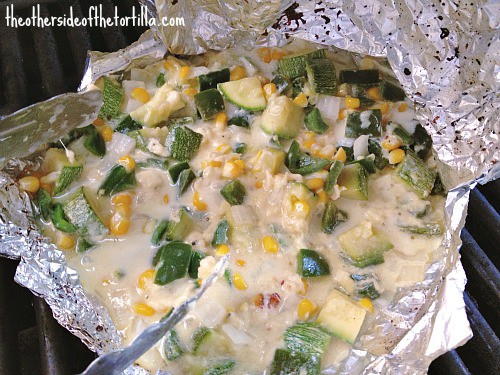 …
…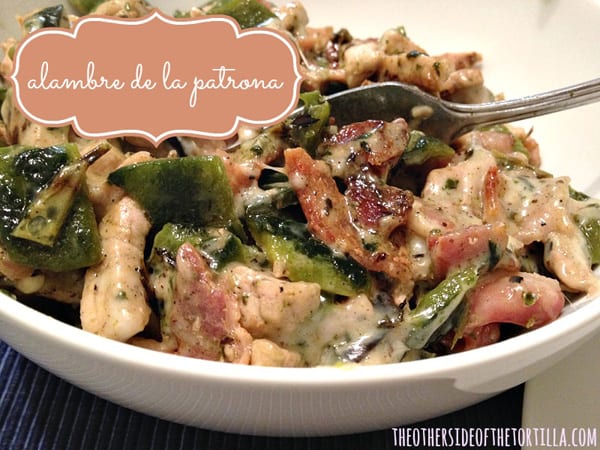 …
…